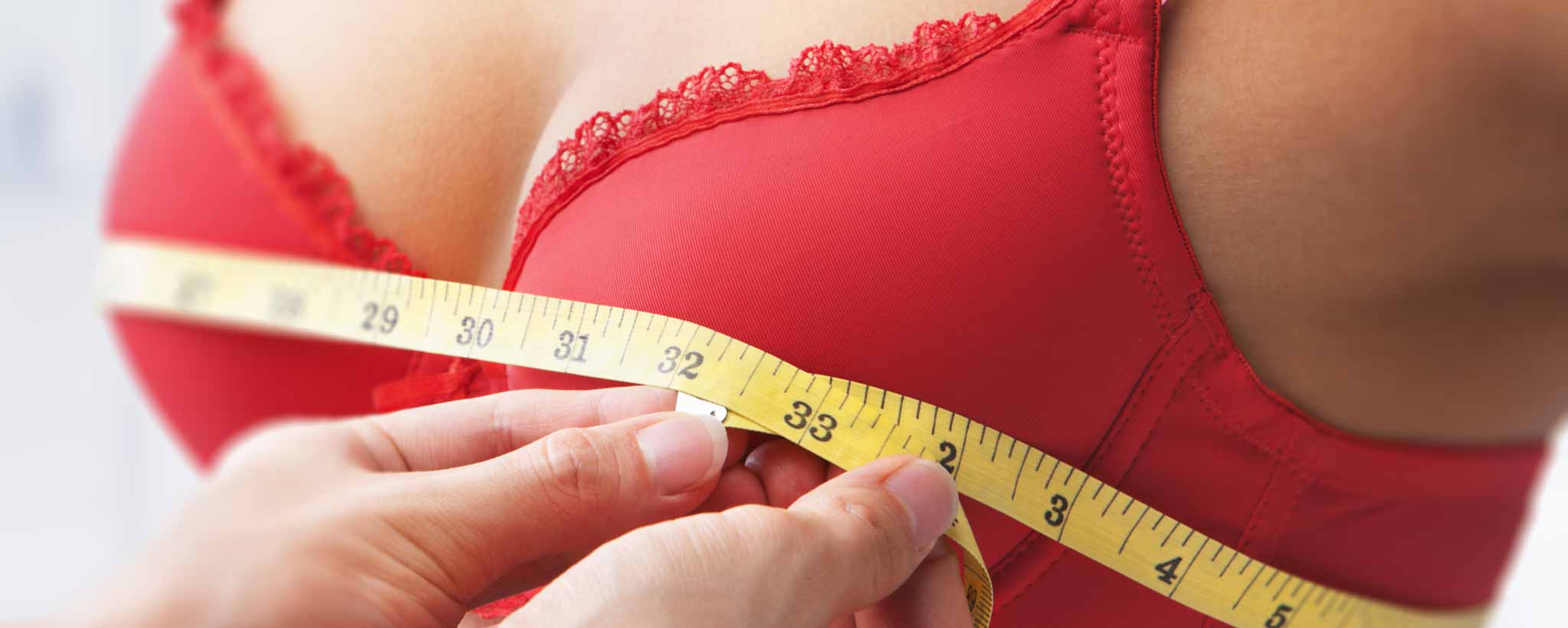Facing discomfort for this brief moment is better than enduring months or years of cancer pain because of going undetected.
Do You Fear the Pain of Wellness?
October Breast Cancer Awareness Month
Mammograms help detect cancers that are too small to feel. When you say mammograms, what comes to your mind? Some women compare it to crushing the testicles. Yet, this analogy is an exaggeration unless you are a woman with myalgia or chronic pain.
Numerous female patients complain of pain while going through their mammography examination, while others do not feel anything. The documented incidence of pain associated with screening mammography varies from 1% to 62%. Your pain level can vary with each mammogram, depending upon:
- Size of your breasts
- Timing of the exam with your menstrual cycle
- Variations in positioning for the mammogram
Warning Signs of Breast Cancer
These symptoms can happen with other conditions that are not cancer:
- Lump or lumpiness in the breast or underarm (armpit).
- Any change or feeling in the breast and nipple.
- Thickening or swelling of part of the breast.
- Irritation or dimpling of breast skin.
- Unexplained redness, swelling, skin irritation, itchiness, or rash on the breast.
- Pulling in of the nipple or pain in the nipple area.
- Nipple discharge other than breast milk, including blood.
- Pain in any area of the breast.
Breast Cancer Signs and Symptoms
These are also common causes of benign breast lumps:
- Breast infection
- Fibrocystic breast disease (“lumpy breasts”)
- Fibroadenoma (noncancerous tumor)
- Fat necrosis (damaged tissue), the mass can’t be distinguished from a cancerous lump without a biopsy.
Report any of these symptoms to your healthcare provider. They may warrant a mammogram before the standard age for screening.
Time For Your Mammogram
The American Cancer Society advises women with an average risk to begin mammogram screenings yearly at age 45 until age 54 and then continue every two years. The U.S. Preventive Services Task Force recommends women start screening every two years beginning at age 50 until age 74. However, both groups agree that women to start mammogram screening at age 40.
Those with a high risk of breast cancer, including women with a family history of breast cancer or who are in remission from treatment, may benefit by beginning screening mammograms before age 40 and should follow a schedule prescribed by their oncologist or family physician.

Reduce Pain and Anxiety
Less than 10% of women called back for further testing have breast cancer. In addition to pre-existing health conditions that can exacerbate pain, breast inflammation may accompany menstruation.
- Tell the scheduler if you suffer from chronic pain and may require extra time for your visit.
- Ask if the imaging center has a certain technologist who is trained in working with chronic pain patients.
- Avoid coffee and tea on the day of your exam. The Mayo Clinic notes that lowering or eliminating caffeine intake may help reduce breast pain, although research on the subject is not conclusive.
- On the day of your exam, don’t put deodorant, powder, lotion, or perfume under your arms or on your breasts. The metallic particles in some of these products could show up on the image, according to the Mayo Clinic, which could lead to confusion or additional scans.
- If you’re pre-menopausal, don’t schedule your mammogram right before or during your menstrual cycle. Wait 7–14 days after the start of menstruation when the hormonal changes are the least likely to bother you.
- Ask your physician if you can take an over-the-counter (Tylenol®, Advil®, Aleve®, etc.) or a prescription pain reliever before your appointment to help reduce discomfort during and after the procedure.
- Consider bringing a robe from home if you are concerned about the low temperature. Since you only need to remove your top, wear a two-piece outfit with flats or other comfortable shoes.
Screening mammograms are the best method for detecting breast cancer early. Research has shown a 25% reduction in deaths from breast cancer among women who are screened regularly. There are other imaging technologies, but they are not as standard or cost-effective and tend to have more false positives. You can rationalize that facing discomfort for this brief moment is better than enduring months or years of cancer pain from a delayed diagnosis.
To support the writing of useful articles about women, ClinicalPosters sells human anatomy charts, scientific posters, and other products online. You may sponsor specific articles, become a ClinicalNovellas Member, or remit a small donation.
ClinicalPosters sells human anatomy charts, scientific posters, and other products online to offset expense of the writing useful articles about women. Slide extra posters into DeuPair Frames without removing from the wall.
Show your support by donating, shopping for ClinicalPins, becoming a ClinicalNovellas Member, or leaving an encouraging comment to keep the research going.
To support the writing of useful articles about women, ClinicalPosters sells human anatomy charts, scientific posters, and other products online. You may sponsor specific articles or remit a small donation.
ClinicalPosters sells human anatomy charts, scientific posters, and other products online to offset expense of the writing useful articles about women. Slide extra posters into DeuPair Frames without removing from the wall.
ClinicalPosters sells human anatomy charts, scientific posters, and other products online. You may remit a small donation or become a ClinicalNovellas Member.
You can support the writing of useful articles about women by sponsoring specific articles, becoming a ClinicalNovellas Member, or remitting a small donation. Visible content is optimized for device size.
Tylenol (acetaminophen) is a registered trademark of Johnson & Johnson. Advil (ibuprofen) is a registered trademark of PF Wyeth Consumer Brands. Aleve (naproxen) is a registered trademark of Bayer.







 Romance & Health Intertwine. Fall in love with a captivating romance miniseries that explores the essence of well-being. Become a ClinicalNovellas member for heartwarming tales.
Romance & Health Intertwine. Fall in love with a captivating romance miniseries that explores the essence of well-being. Become a ClinicalNovellas member for heartwarming tales.




